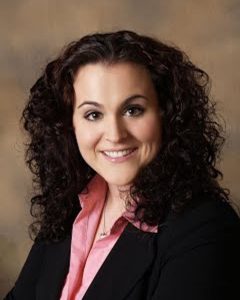Psychologist shortage: Demand exceeds supply

A July 2020 Health Tracking Poll from the Kaiser Family Foundation (KFF) found that four in 10 adults reported symptoms of anxiety or depressive disorder, up from one in 10 from January to June 2019. The increase in these symptoms is leading to an increased demand for behavioral health care. A 2021 American Psychological Association (APA) survey reported a spike in referrals for services from 37 percent in 2020 to 62 percent in 2021; 68 percent of psychologists also have wait lists.
Jennifer M. Doran, Ph.D is president of the Connecticut Psychological Association (CPA) and an assistant professor at Yale School of Medicine. She pointed out that Connecticut has the biggest shortage of providers in New England and is also ranked in the top 10 ...
Want to keep reading this article from New England Psychologist?
Login below or subscribe today to support independent journalism!
